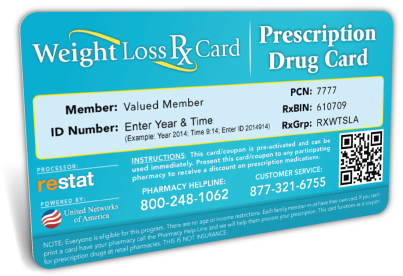The Department of Health and Human Services issued the federal government's first-ever Physical Activity Guidelines for Americans in 2008 to help Americans understand the types and amounts of physical activity that offer important health benefits. Physical activity is any form of exercise or movement of the body that uses energy. Some of your daily life activities; doing active chores around the house, yard work, walking the dog are examples. The Physical Activity Guidelines for Americans recommend 60 minutes of physical aerobic activity daily for children ages 6-17 (there are no specifications for those five and under), and 30 minutes daily for adults ages 18-64.
PHYSICAL ACTIVITY GUIDELINES FOR AMERICANS MIDCOURSE REPORT: STRATEGIES TO INCREASE PHYSICAL ACTIVITY AMONG YOUTH
Physical activity is critical for overall health at every age, but today America's youth are less active than ever before. Many settings provide opportunities to increase youth physical activity to the recommended 60 minutes or more a day, including the places kids live, learn and play. The Physical Activity Guidelines for Americans Midcourse Report: Strategies to Increase Physical Activity Among Youth describes intervention strategies for increasing physical activity among youth aged 3 to 17 years.
Download the PAG Midcourse Report, infographic, fact sheet, and other materials at Health.gov/PAGuidelines/Midcourse.
CHILDREN AND ADOLESCENTS (6-17 YEARS OLD)
Children and adolescents should get 60 minutes or more of physical activity daily. Most of the 60 or more minutes a day should be either moderate- or vigorous-intensity aerobic physical activity, and should include vigorous-intensity physical activity at least three days a week. As part of their 60 or more minutes of daily physical activity, children and adolescents should include muscle- and bone-strengthening physical activity at least three days of the week.
ADULTS (18-64 YEARS OLD)
Adults should get at least two and a half hours (150 minutes) each week of moderate-intensity aerobic physical activity. You need to do this type of activity for at least 10 minutes at a time as intervals shorter than this do not have the same health benefits. Adults should also do strengthening activities, like push-ups, sit-ups and lifting weights, at least two days a week.
AEROBIC ACTIVITIES
Aerobic activities require moderate physical effort and include, but are not limited to: biking slowly, canoeing, ballroom dancing, general gardening, using your manual wheelchair, arm cycling, walking briskly, and water aerobics. Examples of vigorous activities are basketball, jumping rope, running or bicycling on hills, soccer, swimming laps, and martial arts.
Not sure whether you are at a moderate or vigorous activity level? Try the talk test. If you can talk while you are active, then you are participating at a moderate level. If you can only say a few words without stopping to catch your breath, then you are engaging in vigorous activity.
MUSCLE-STRENGTHENING ACTIVITIES
Strengthening activities work all the major muscle groups - legs, hips, back, chest, stomach, shoulders, and arms. These activities include, but are not limited to: lifting weights, push-ups, sit-ups, and working with resistance bands. Don't have weights? Common household items such as bottled water and soup cans can also be used.
BONE-STRENGTHENING ACTIVITIES
Bone-strengthening activities produce a force on the bones that promotes bone growth and strength. This force is commonly produced by impact with the ground. The good news: bone-strengthening activities can also be aerobic and muscle-strengthening like running, jumping rope, basketball, tennis, and hopscotch.
